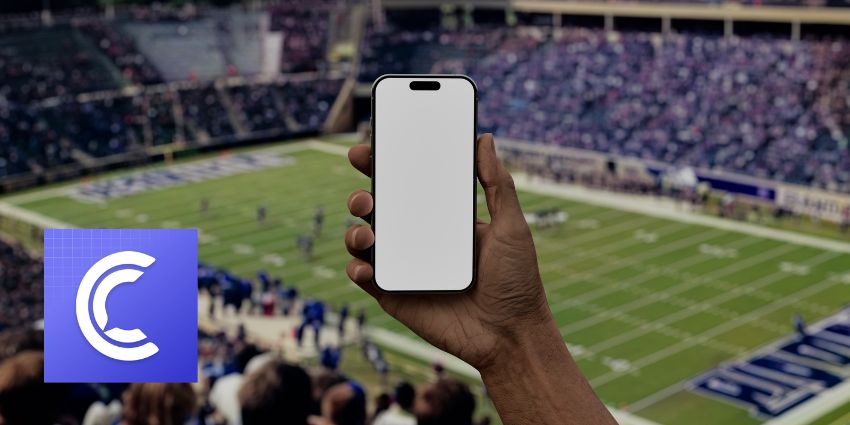The Key Features to Implement in a Microsoft Teams CRM Integration
In recent years, Microsoft Teams has evolved from a simple productivity platform, into a comprehensive toolkit for the future of work. Offering companies from all industries an opportunity to align employees, increase collaboration, and enhance efficiency, Teams has taken the world by storm.
It’s no surprise that many organizations have decided to expand on the benefits of their Teams investment, by using the platform to enhance and manage customer service. However, while Microsoft Teams does offer a number of features to support contact centers, from access to business phone systems, to automatic call distribution, it does have some limitations.
Missing reporting tools, supervisor capabilities, analytics, and call recording solutions have sent companies searching for service providers to fill the gaps in their Teams solution for CX. One particularly valuable way innovators are responding to the growing adoption of Teams in the contact center is with robust CRM integrations.
Bringing CRM Integrations to Microsoft Teams
There are many trends shaping the CX landscape in 2024, from the rise of artificial intelligence to the demand for greater team performance insights. However, as companies look to reduce costs, improve performance, and use their resources more effectively, CRM integrations are becoming increasingly crucial.
Integrating Microsoft Teams with a CRM (Customer Relationship Management) platform gives companies a way to empower their customer facing teams like never before. Linking customer data to Teams helps agents spend less time jumping between tabs and apps to access crucial insights , giving them more time to focus on delivering a positive customer experience.
By integrating their CRM into Teams, employees have the resources they need to personalize and enhance customer interactions instantly. However, not all solutions are alike. There are some key features that are particularly crucial to optimizing CX in Microsoft Teams.
3 Crucial Features for Teams CRM Integrations
To cultivate and retain customer loyalty, organizations need to ensure every interaction counts. That doesn’t just mean responding quickly? to customer queries and needs. It also means personalizing the experience based on essential consumer data.
CRM integrations for Microsoft Teams can pave the way for incredible increases in employee productivity and customer satisfaction. But they can’t just bring data into Teams, they also need to offer access to valuable features, such as:
1. Caller Preview and Contact Popping
A caller preview feature built into a Microsoft Teams CRM integration solution delivers numerous unique benefits. It allows companies to automatically display the caller’s name in a preview pane whenever an agent receives a call from a recognized contact. However, the right solution can go even further than this, showcasing CRM notes and extra data to help drive the discussion.
With “contact popping” capabilities, agents can click on an icon within the preview pane and immediately access a comprehensive contact record. They can do this before or during an interaction, ensuring they have a complete view of the customer, and their unique needs.
With a full view of each contact’s information, purchasing history, and even notes left by previous agents, customer service reps can quickly adapt the service they offer to suit their customer. This leads to a more personalized experience, greater customer loyalty, and faster issue resolution.
2. Contact Management and Click to Dial
A comprehensive contact center solution within Microsoft Teams doesn’t just give businesses an opportunity to manage incoming calls and queries. Many businesses also rely on their cloud-based communication tools for outreach, or “outbound” contact center requirements.
With click-to-dial built into the CRM and Microsoft Teams integration, there’s no need to switch to an external application to reach out to a customer. Agents can manage the full workflow in one environment, increasing efficiency and productivity.
What’s more, agents can use CRM Integration to ensure their contact records are kept up to date with features like Add Contact and Duplicate Contact. At the click of a button, agents can add a contact record in to the integrated CRM, or can copy a contact record from one CRM to another.
3. Activity Logging and Insights
Finally, today’s CX leaders need to ensure they’re making the most of their resources, and their teams, to pave the way for constant growth. A robust CRM integration for Microsoft Teams doesn’t just give business leaders a way to track valuable consumer information.
It can also help to keep track of crucial activities in the contact center. Agents can manually or automatically create records of calls received or made during the day, so business leaders can gain insights into the overall performance of the team. At the same time, some leading solutions allow organizations to automatically record these crucial activities, reducing repetitive tasks for agents.
When integrated with analytical and reporting tools in Microsoft Teams, CRM solutions with activity tracking can provide supervisors, agents, and business leaders with valuable insights. They offer a fantastic way to pinpoint potential performance gaps and challenges, opportunities to improve efficiency, and even potential requirements for new training or technology.
Unlocking the Benefits of a Teams CRM Integration
On its own, Microsoft Teams is a powerful tool for collaboration, communication, and productivity. However, if companies want to ensure they’re making the most of the platform for their CX strategy, they often need additional support.
Service providers offering robust CRM integration solutions have an opportunity to boost their value to their customers. They can give them the insights they need to make intelligent staffing decisions, track performance, and even personalize the customer experience. Plus, they ensure that agents and business leaders can access all of the information they need in one unified environment.
As adoption of Teams in the contact center continues to grow and the demand for enhanced, personalized experiences increases, the right CRM integration will become a must for many brands.
For more information, visit Akixi.







